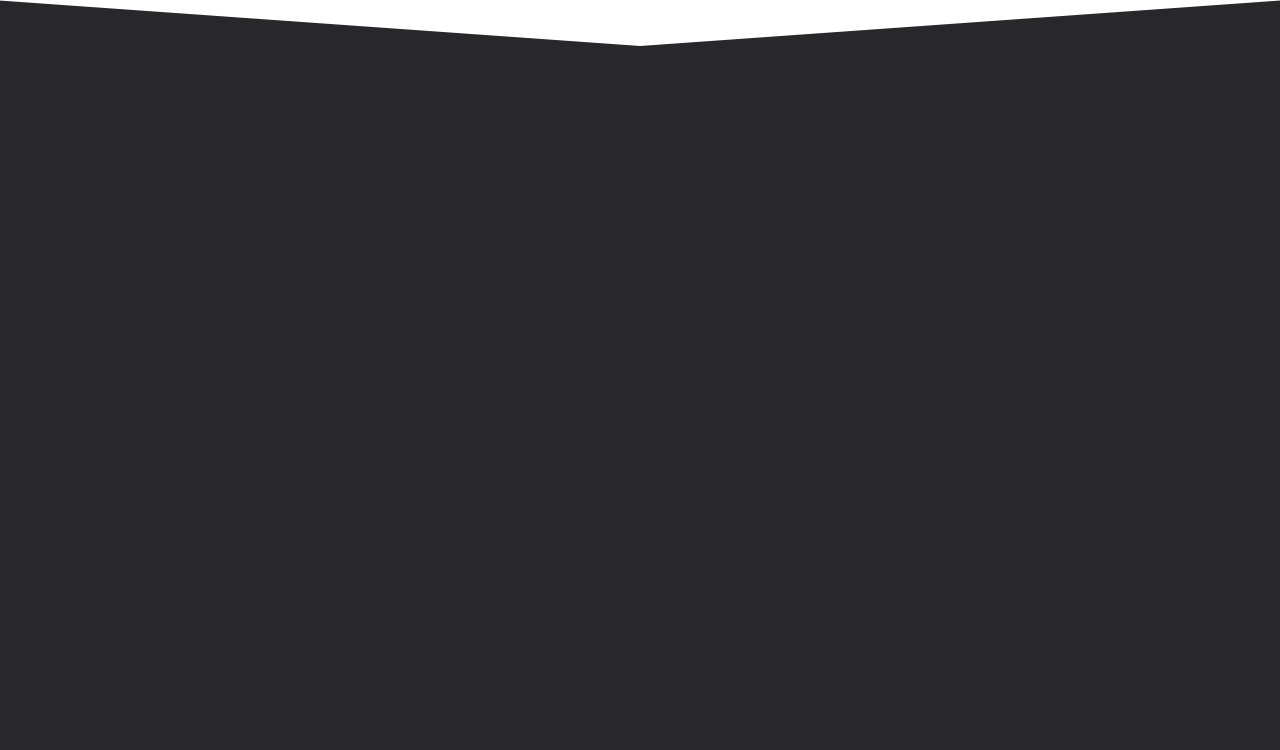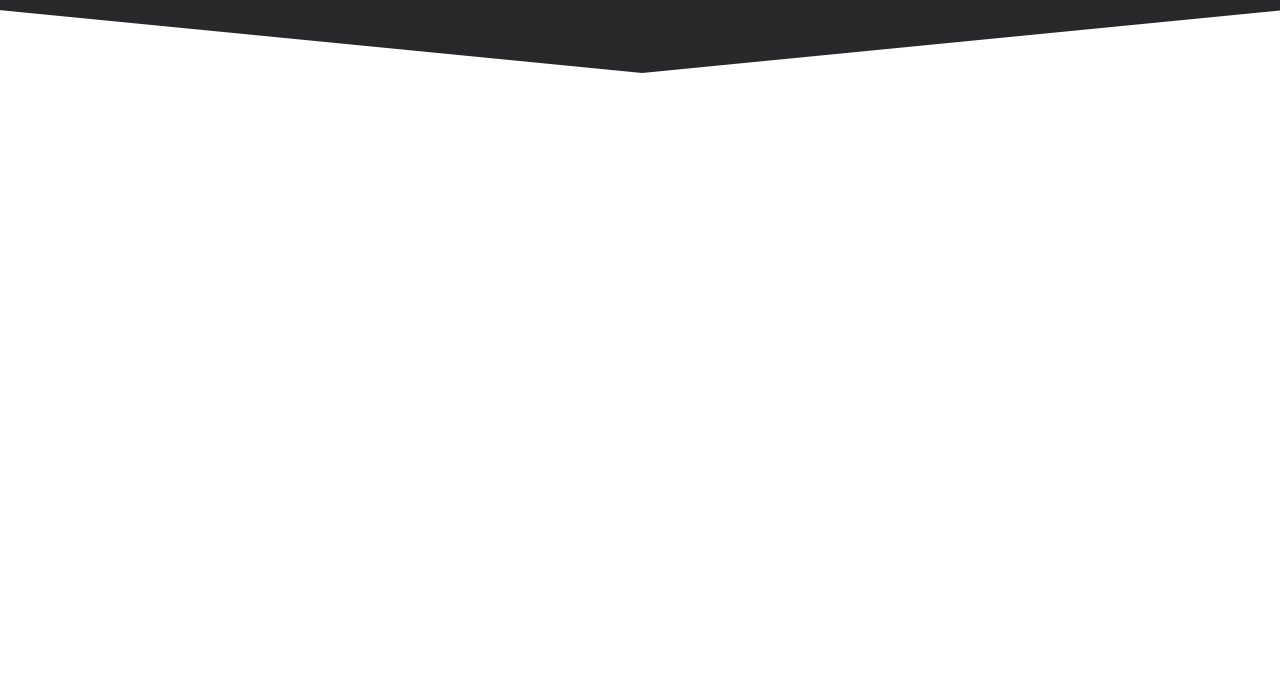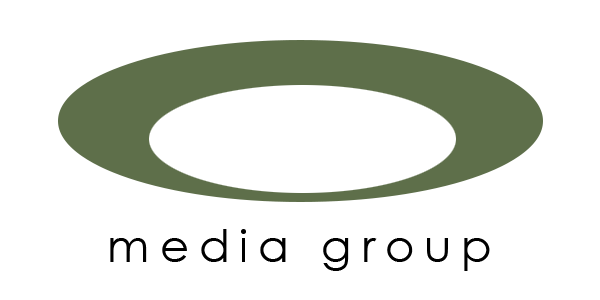large format printing
what is large format printing?
Large format printing, also sometimes referred to as wide format, is a category of digital printing that can accommodate prints ranging between 18” and 130” across. Prints that exceed 130” are known as “grand format” prints.
Without large format printing, production of countless out-of-home media — billboards, posters, transit shelters and many more — would be challenging or impossible.
why use O Media Group for your printing needs?
O Media Group is a turnkey, “one-stop shop” production service — we offer fast turnaround, electronic proofing and proof of performance following posting. Our pricing is competitive, and we also provide complimentary artwork resizing, should you need it.
Let us take the stress out of the production process with our personalized service and 100% quality guarantee!

creative capabilities
Billboards are already big and bold, but they also allow for a myriad of embellishments that make them even harder to miss. Such creative capabilities include (but are certainly not limited to): extensions, inflatables, LED and neon lightning, pole wraps, 3-D foam and fog machines.
When combined with clever, brief messaging, these special effects transform a billboard into a show-stopping message that viewers remember.

creative guidelines
creativity: the most vital aspect of a billboard
Recent studies show that 75% of campaign success is determined by creative quality. There are a number of design aspects that dictate the efficacy of a billboard, but the most important among them are brevity, readability and smart use of color.
brevity
Outdoor is a fleeting medium — a billboard is viewed for an average of just 7 seconds. Too much copy is discouraging to the viewer, causing them to look away without registering the information presented.
The golden rule: craft a concise message in seven words or less.
readability
When it comes to choosing fonts, use typefaces that are easy to read. Since ad copy must be scaled for distance, ornate serifs and fonts that are too thin will fade into the background, but a typeface with a uniform thickness and evenly spaced characters is able to quickly be read.
use of color
The psychology of color will impact an audience before any words are noticed, so it’s important to choose colors that will evoke positive responses and drive motivation in a target audience. For example, yellow is associated with energy and optimism, while red evokes strong emotions and increases appetite.
Whichever colors you choose, strong contrast between them is crucial. Colors that are too similar in hue will appear to vibrate (think: green text on a red background), while colors with significant contrast, like black and yellow, are easily separated by the human eye.
For an in-depth guide on designing for out-of-home, click here.









